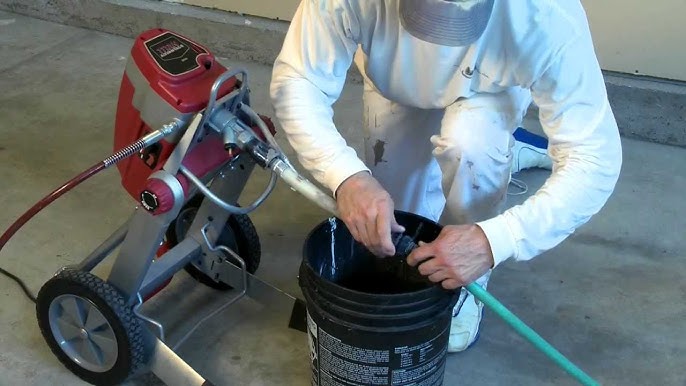
Hydra pump kits are highly essential in many sectors including agriculture, and construction among others since they offer the drive-through force to move liquids in addition to other fluids within a spectrum of uses. However, similar to any mechanical system, these pump kits are open to some challenges that may lower their efficiency or even create a total breakdown. Knowledge of these problem areas and applying the right solution means for them can prevent shortening the life span of the pump kit and secure a high-performance level among your potential purchasers.
1. Low or No Pressure
Perhaps the most frequent Hydra pump kit problem is poor pressure or the total inability to build it at all. It can happen for a number of reasons ranging from the presence of air trapped in the system, worn-out seals, or blocked filters.
Causes:
-
Air in the system: Another problem is the fact that when air gets trapped in the pump, the appropriate flow of fluid can be hindered and pressure reduces.
-
Worn-out seals or O-rings: Rubber gaskets such as seals or O-rings get worn out with or without corrosion and this makes the bottles leak and loss of pressure ensues.
-
Clogged filters or lines: Mud or sediments may settle at the bottom of the filter or in the pump suction/ discharge lines and thereby block the flow of fluids lowering the system pressure.
How to Fix It:
-
Bleed the system: However, to do this, you’re going to need to “bleed” the pump to ensure that all the air is expelled from its system. This includes turning the bleed valve or using a manual pump to push air out of the system in order to allow fluid circulation.
-
Replace worn seals: Check on the visibility of the seals and O-rings and analyze whether they are already worn out or cracked. If the specifiers prove to be ineffective in producing pressure and simultaneously leak, then they should be replaced.
2. Pump Running Continuously
Another problem that is likely to prevail on Titan packing kits is when the pump is always running when it should not. Failure to address this issue results in pump overheating and worst, it can cause a pump failure if the problem persists.
Causes:
-
Faulty pressure switch: The pressure switch controls the flow of operation of the pump depending on the pressure level of the system. If the pressure switch has problems, some pumps will turn on regardless of the pressure levels.
-
Sticking check valve: The check valve will make certain that the fluid will flow in the right direction and will not flow backward. In the case where the check valve has stuck open then the pump will keep running even though it is not required.
How to Fix It:
-
Inspect and replace the pressure switch: If you have reason to believe that the said pressure switch is at fault, it may require re-calibration, or, worse, replacement. There should be no signs of any damage or if the lights are working well these should be correct to toggle the on/off of the pump.
-
Check the check valve: Check whether there is debris jamming the check valve; whether the check valve has got rusty; and whether there is mechanical damage on the check valve. If the valve no longer performs as it should, clean it or replace it as often as needed.
3. Pump Overheating
Pump overheating is a grave problem whose eventual effect is the failure of a pump. The interior parts will dematerialize rendering costlier fixes or acquisitions.
Causes:
Insufficient lubrication: An absence of lubrication on the pumping parts means that the moving parts grind against each other and overheat.
Continuous operation: This approach may lead to overheating of the pump provided that the system has not been engineered to operate continuously round the clock.
How to Fix It:
Check fluid levels: Make sure that the pump must have appropriate fluids in it to start the pump without any hitch. If the noise is due to low levels of the fluid then it should be topped up to get rid of the noise.
Clean the pump: In this case, all debris should be cleared from the pump in an effort to eliminate areas whose friction will cause noise.
Conclusion
Hydra pump kits are used in many applications, and although they are sturdy and efficient pieces of equipment, problems can appear that negatively affect their functioning. If you have identified these symptoms as common in your pump, namely low pressure, continuous running, overheating, leaks, and noise, you can be helped by following the recommended steps of how to fix them. Maintenance and repair of the Hydra pump kit should be done frequently so that if there are damages then they can be fixed immediately to reduce time wastage.